Public domain
|
NDA Anatomy™
|
Public domain
/ˈpʌblɪk dəʊˈmeɪn/ (n.)
WIthout wishing to rip off the Cambridge Dictionary — but hang it, it is in the public domain,[1] at least according to its own definition:
“if information is in the public domain, it is available for everyone to see or know about”
That is the colloquial use: “public domain” is really just a pompous way of saying “public”.
But “public domain” also has a technical, narrower definition, that hails from the law of copyright: information that is “in the public domain” consists of all creative work, which could be protected by intellectual property rights, but which is not, whether because those rights have expired, been forfeited, waived, or for some other reason just don’t apply.
Version one of the OneNDA uses the expression “public domain”.
Experienced hands will not be surprised to hear this is a cue for those who take pleasure from such things, to raise a technical objection. This is too narrow! This is wrong-headed! This means only information that is not protected by patent or copyright is excluded from the confidentiality obligation, when what one really means is information that is !
Indeed, friends, reading “public domain” in this narrow sense makes no commercial sense at all: patent or copyright protection is only really meaningful where information is public: if it is not, it is hard too see how anyone can copy it. If the information is public, but not yet in the public domain, it is, QED, not confidential, and calling it confidential does not change that.
But, as we know, the eyrie overflows with nervous chickens. Let us work this logic out, and take “public domain” to have its technical meaning and imagine the dispute that might arise should I have passed to you, under protection of a OneNDA, a prospectus: being composed not six months ago and at great cost by my counsel, it is undoubtedly a work of a creative effort, if not great imagination, and it attracts automatic copyright protection. It has been published, for all the world to see — with that express intent, in fact —
